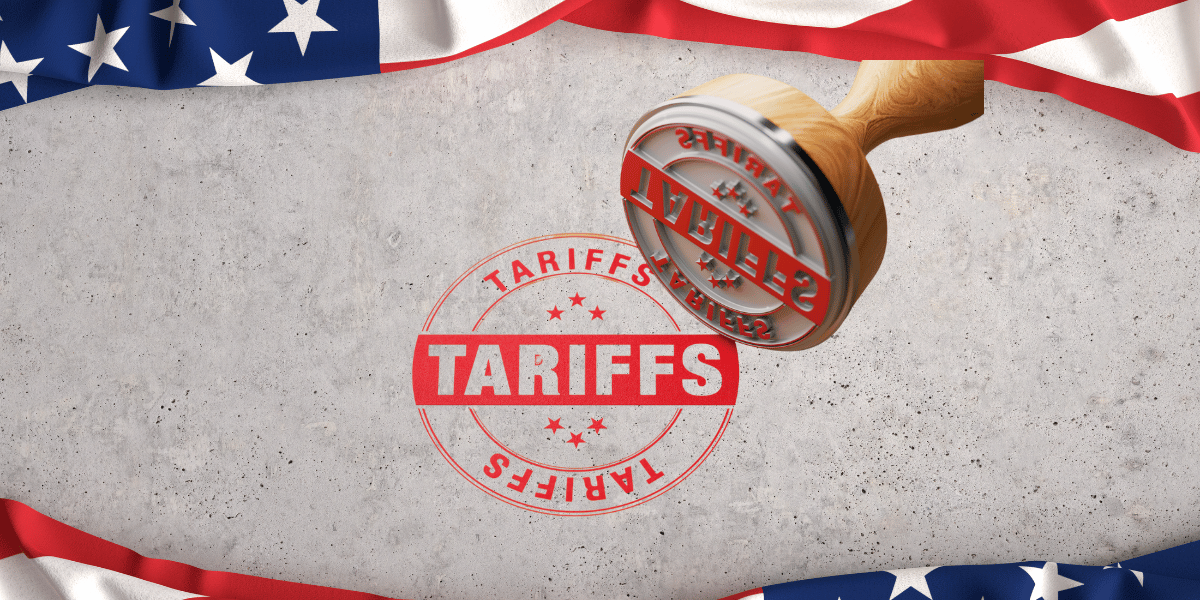“Tariff”—this is the word reverberating across continents, countries, markets, and boardrooms alike. In recent times, it has become one of the most talked-about terms, evoking a range of emotions: anxiety, anger, hope, and strategy. While its current use—primarily as a tool to address trade imbalances—has reignited global debate, tariffs are far from a modern invention. They have a rich history, and as investors, it’s critical that we understand their origins, purposes, and the impacts they’ve had over time.
Understanding Tariffs
A tariff is a tax imposed by a government on the import or export of goods. While it serves as a source of revenue, more importantly, it acts as a tool to regulate foreign trade and protect domestic industries. Protective tariffs, specifically, are key instruments of protectionism, intended to make imported goods more expensive, thereby encouraging consumption of locally made alternatives.
Tariffs may be fixed—a set amount per unit—or variable, depending on the value or type of goods. They serve multiple purposes: promoting domestic production, reducing trade deficits, and sometimes even acting as political leverage.
Legacy of Tariffs: A Walk Through History
Historically, some of the most advanced civilizations began their economic regulation using tariffs. Ancient Greece, for example, imposed a 2% levy on goods arriving at the port of Piraeus. In the 14th century, Britain levied export duties on raw wool, signaling the early use of trade tools to promote industry.
A pivotal moment came in 1721, when Britain introduced comprehensive protectionist policies to support domestic manufacturing: increased tariffs on foreign goods, subsidies for exports, and reductions in import duties on raw materials. These “infant industry” strategies laid the foundation for what modern economies like Japan, South Korea, and Taiwan would replicate post–World War II.
Though free trade policies gained traction in Britain after 1846 (notably with the repeal of the Corn Laws), protectionism continued across Europe and America. By the time Britain abandoned free trade in 1932, it had already ceded significant industrial ground to the U.S. and Germany, who had remained staunchly protectionist.
The United States: Built on Protectionism
Tariffs have played a central role in the United States’ economic strategy since its inception. The Tariff Act of 1789—the second bill ever passed—imposed a fixed 5% duty on imports. Later, the Embargo Act of 1807 halted all imports, kickstarting U.S. domestic industries, particularly textiles.
From 1816 to WWII, the U.S. maintained some of the highest tariff rates in the world, protecting its industries and nurturing what would become a dominant economic powerhouse. Many leading American economists during this era championed protectionism, asserting that economic independence was essential for political independence.
This approach bore fruit: The U.S. enjoyed unparalleled industrial growth through the 19th century and into the 1920s, often outperforming other economies due to strategic protectionist policies.
Smoot–Hawley and the Great Depression
The Tariff Act of 1930, more infamously known as Smoot–Hawley, significantly raised U.S. tariffs on over 20,000 goods. Intended to protect American jobs during the Great Depression, it backfired catastrophically. Trading partners retaliated with their own tariffs, and global trade plummeted by 67%. The Act worsened the economic crisis rather than alleviating it.
Unemployment in the U.S. doubled from 8% in 1930 to 16% in 1931, reaching 25% by 1933. The Act’s failure eventually led to the Reciprocal Trade Agreements Act of 1934, which shifted toward bilateral tariff reductions, moving the U.S. slowly back into cooperative global trade.
Tariffs Today: The Trump Era and Beyond
Fast forward to the 2020s, and tariffs have re-emerged as a central geopolitical and economic issue. Former President Donald Trump aggressively revived protectionist trade policies, imposing tariffs on China, Mexico, and Canada to correct what he saw as unfair trade imbalances.
In 2024, the U.S. imported goods worth $3.4 trillion while exporting $1.7 trillion, resulting in a trade deficit of $1.7 trillion. Tariffs were employed to push trading partners toward more favorable agreements and to boost domestic manufacturing—though not without consequences.
Critics like Warren Buffett went so far as to label tariffs “acts of war.” Countries retaliated: China, Mexico, and Canada raised their own tariffs and began forming new trade alliances, potentially isolating the U.S. in global commerce.
Consider the stakes:
- China supplies 99% of the shoes, toys, and electronics sold in the U.S.
- Mexico is a key source of produce and agricultural goods.
- Canada provides crude oil, copper, gold, and more.
A full-blown trade war would not only drive up commodity prices and inflation, but also force interest rate recalibrations and potentially stunt economic growth.
Lessons from History: Will It Work This Time?
The world today is far more interconnected and economically complex than it was in the 1930s. While tariffs may offer short-term relief or negotiating leverage, their long-term efficacy in correcting trade imbalances remains uncertain—especially in a consumption-driven economy like the U.S.
Moreover, if tariffed countries redirect their focus and form new trade alliances, the global 90% of trade (excluding the U.S.) might simply carry on without it.
A Volatile Future, and Opportunities Within
As we approach the 2030s, a full century since Smoot–Hawley, we are reminded that history doesn’t repeat—but it often rhymes. Will protectionist policies bring about a resurgence in domestic industry, or isolate a major economy from the rest of the world?
This new wave of tariff-induced uncertainty is real—and it’s reflected across commodity, currency, debt, and stock markets. Volatility is rising. For investors and global businesses, the challenge is to seek opportunity within the disruption.
The curtain has just lifted on this global trade drama.
The show has only just begun…


